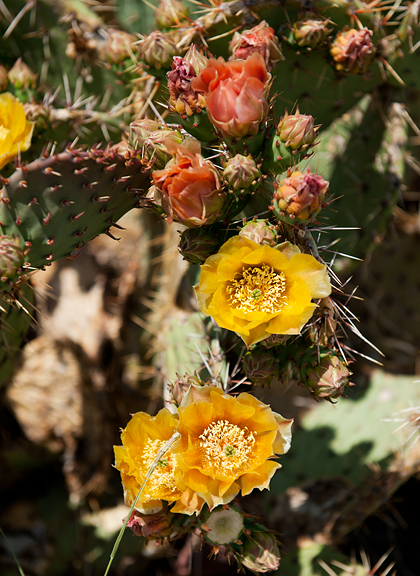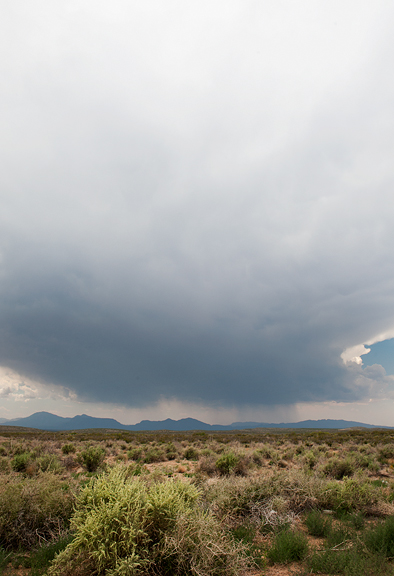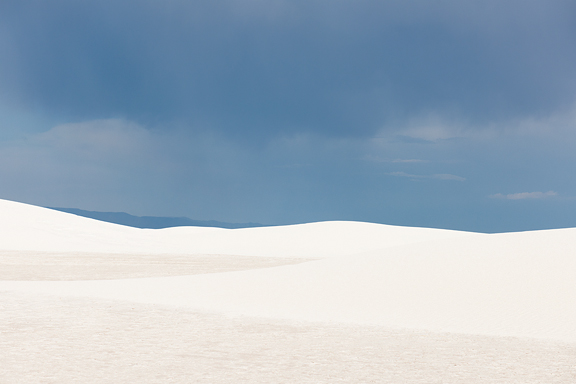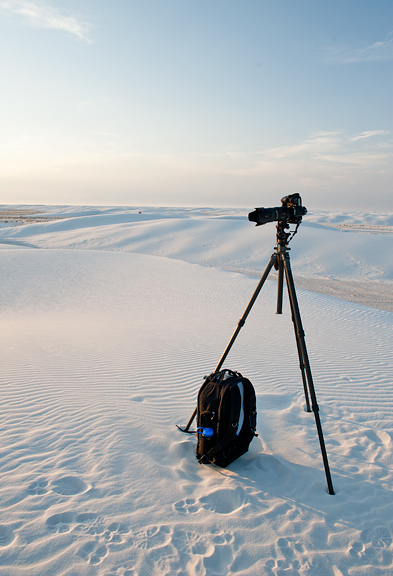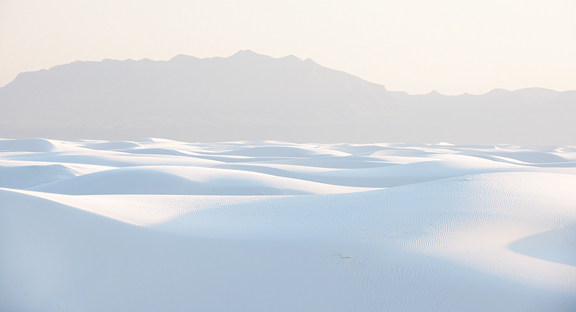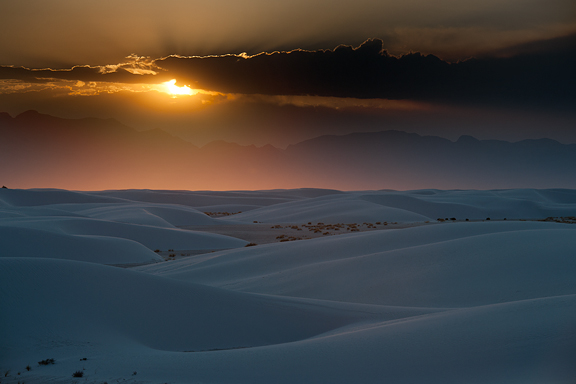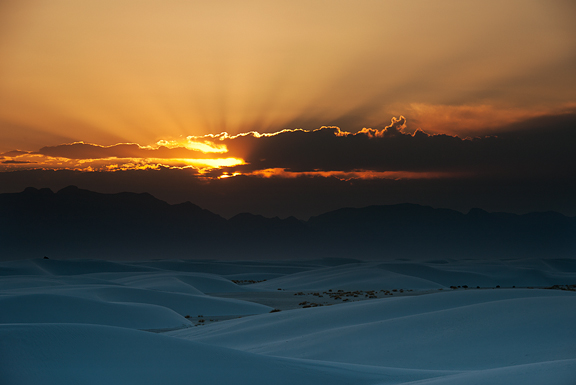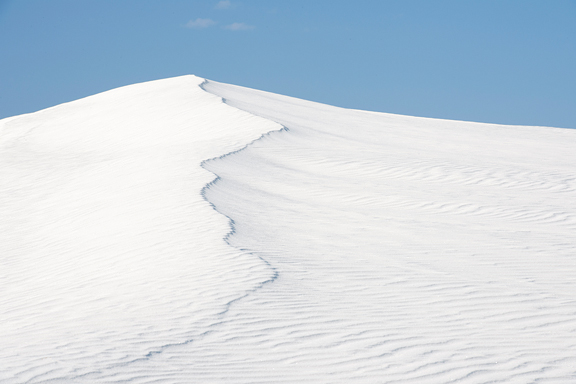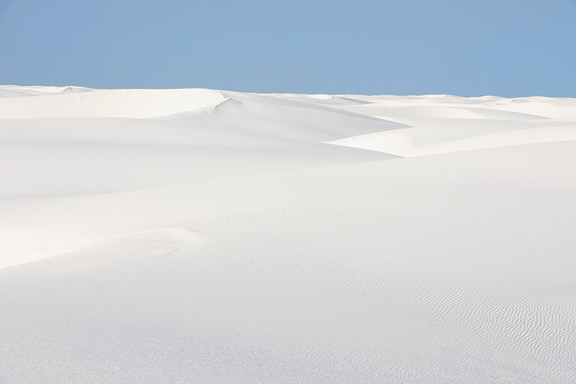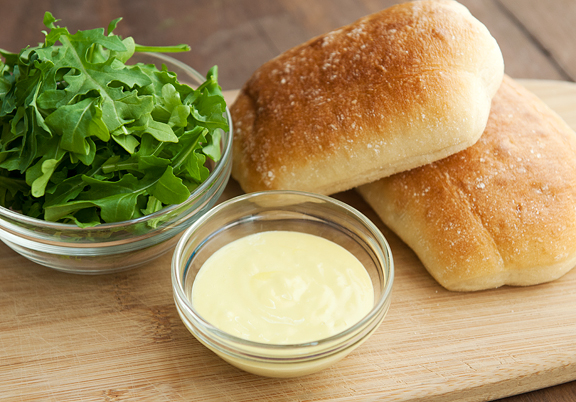travel: maine, the great state (long)
Tuesday, September 4th, 2012There is a special love I have for the state of Colorado – the place I call home. You can probably sense that from the way I photograph and write about Colorado in this space. It is not unlike the adoration that Mainers have for Maine. Before last week, Maine was never much on my radar except when good friends of mine waxed nostalgic for it (my pal in graduate school always referred to her as, “Maine, the great state”). But my western-centric attentions were pointed East when my friend, Sharon (who I met at IFBC Seattle in 2009 on a chance shared cab ride), invited me out on behalf of The Maine Office of Tourism and The Schooner J. & E. Riggin for a trip to explore some of their fine state. So yeah, I was in Maine last week and it was… AWESOME.
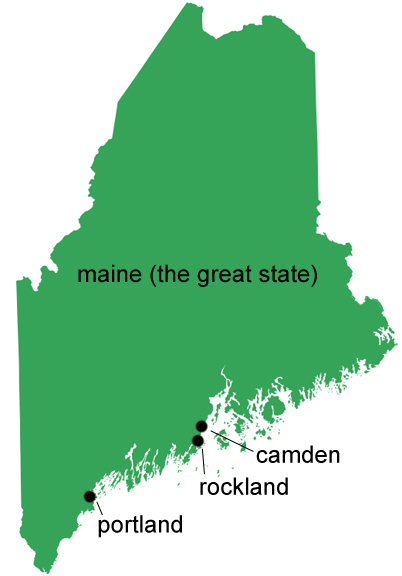
Full disclosure: The Maine Office of Tourism and The Schooner J. & E. Riggin sponsored my transportation, lodging, and meals with no obligation on my part. All photographs, words, experiences, and especially opinions, are my own.
Day 1: Portland: El Rayo Taqueria, Cantina El Rayo
Day 2: Portland: Gulf of Maine Research Institute, The Well, Jordan’s Farm, Broadturn Farm, Maine Mead Works, Regency Garden Café, Fore Street
Day 3: Portland to Rockland: Standard Baking Company, Rock Paper Scissors, The Slipway, Salt Water Farm, Rock City Roasters, J&E Riggin, In Good Company
Days 4-7: Rockland, Stonington, Camden: The Schooner J. & E. Riggin, Rheal Day Spa
Day 1: I left my house in the Colorado Rockies at 3:45 am and arrived at the Portland Regency Hotel and Spa in Portland, Maine, with enough time to drop off my bags and change my clothes for dinner. Joining my travel companions Joy and Rebecca, we walked with our host, Sharon, to the brightly colored and lively El Rayo Taqueria. The smell of savory Mexican food drifted on the fresh sea air as we approached. There we met with several local Portland food scene folks for refreshing margaritas and appetizers on the patio where every table was occupied with happy patrons.
a round of margaritas de la casa – perfection on a summer evening

flash fried shishito peppers with oaxacan sea salt, chips, salsa, and guacamole
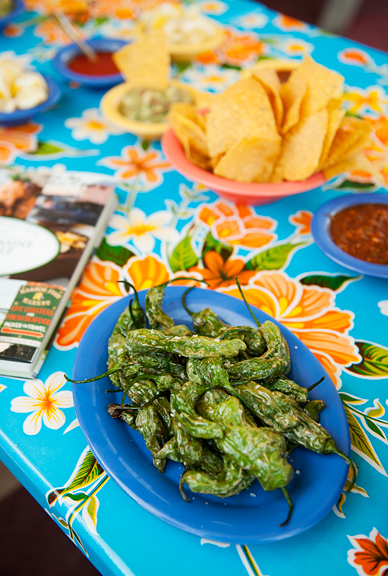
abigail describes the different oysters she brought from her farm
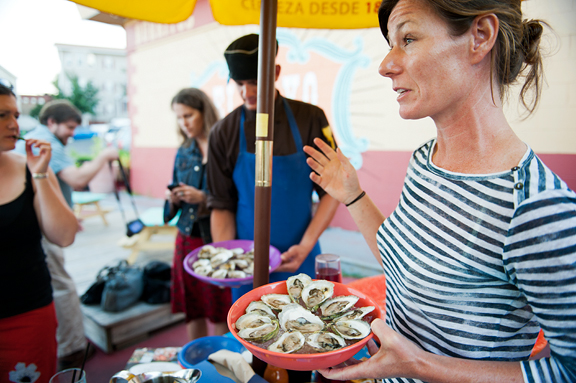
and there were fabulous goat meat tacos… did i mention this was merely appetizers?!
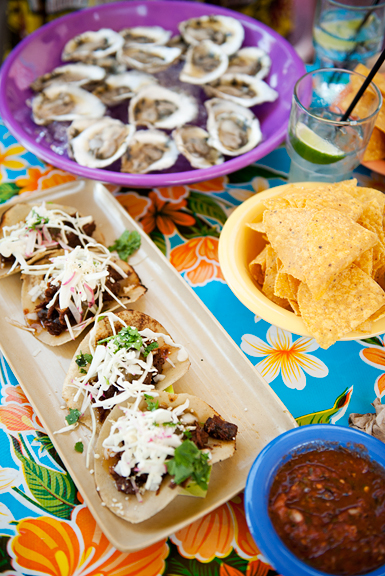
El Rayo is run by the dynamic duo: executive chef Cheryl Lewis and general manager Norine Kotts. Their kitchen manager, Elena McMahan, gave us a tour of her urban garden which supplies the restaurant with fresh herbs and edible flowers in summer. The incredible oysters we sampled came from Abigail Carroll’s oyster farm: Nonesuch Oysters. I got to step inside the restaurant (which was also hopping) and get a quick tour from Cheryl.
pickled peppers at the counter
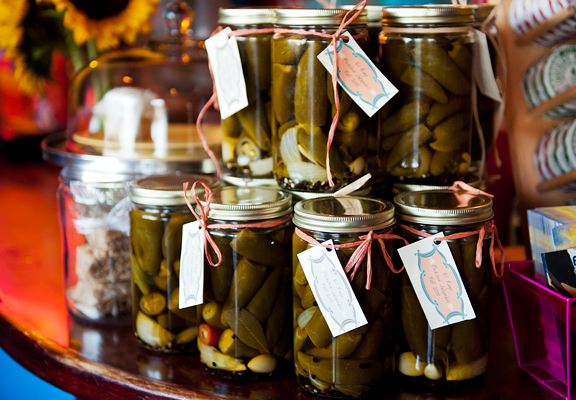
festive and packed with locals
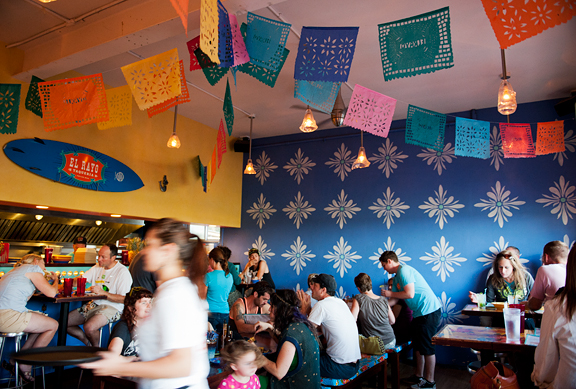
the busy line keeps up with demand
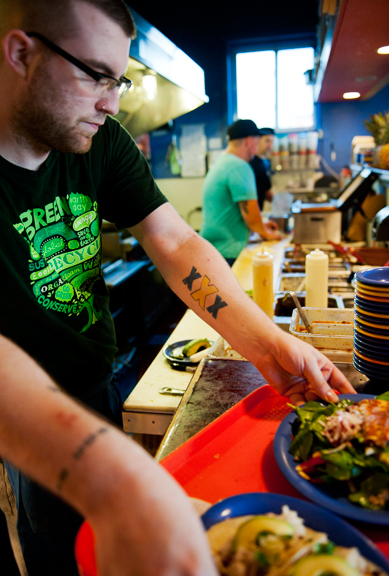
We then walked next door to the swankier Cantina El Rayo which features cocktails and more refined fare compared to its sister, El Rayo Taqueria. I sat next to Margaret Hathaway and Karl Schatz of Ten Apple Farm, Elena, and Anestes Fotiades who writes Portland Food Map. Not only was everyone genuinely warm, but they are all fascinating people. Margaret and Karl supplied the goats for our dinner (from their farm). I think I kinda fell in love with those two. Here are just some of the noms we enjoyed for our meal, although I was in a food coma by the time the churros rolled around. Everything was fantastic. And then Cheryl gave us each a luscious, frosted coconut cupcake as a take-home treat.
the cantina

blueberry shrub refresco (yes to this!!)

delectable hibiscus pickled deviled eggs
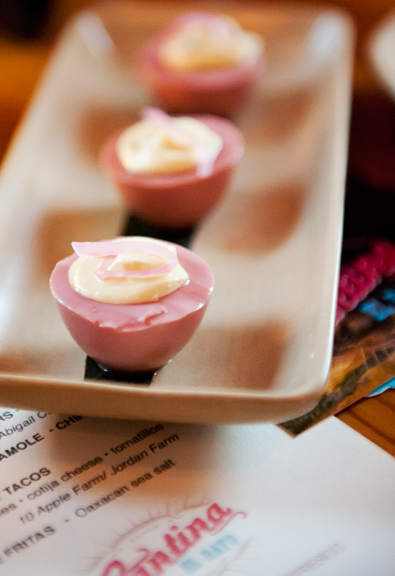
heavenly chili pesto oysters
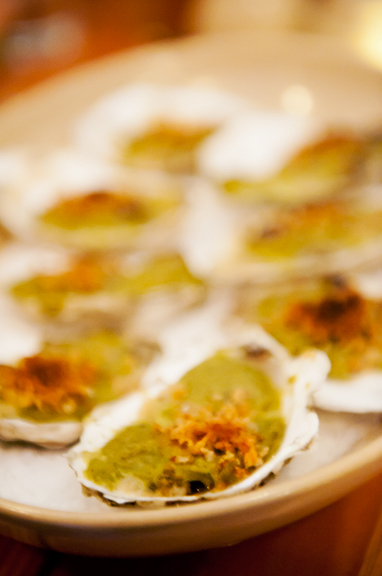
mexico city style street corn with cotija cheese and chipotle
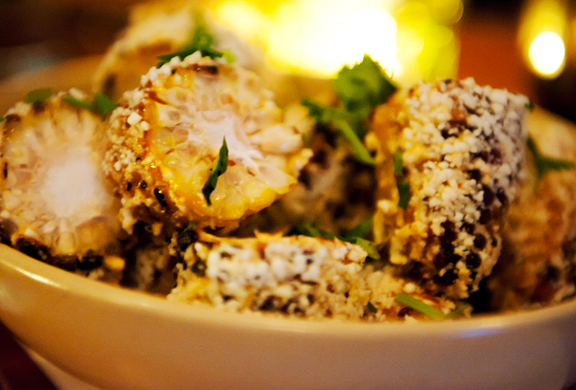
goat meatballs with mole sauce and pickled onions
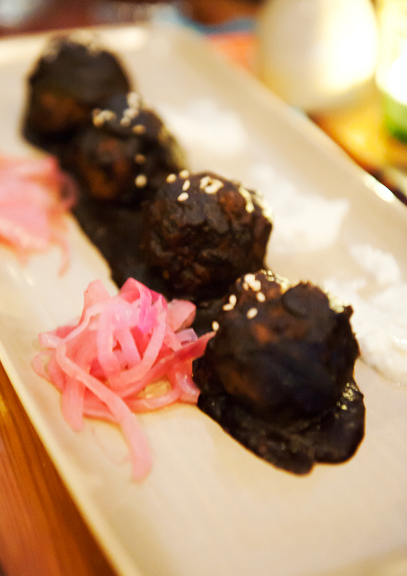
griddled hoja santa leaves with three cheese and tomatillo sauce
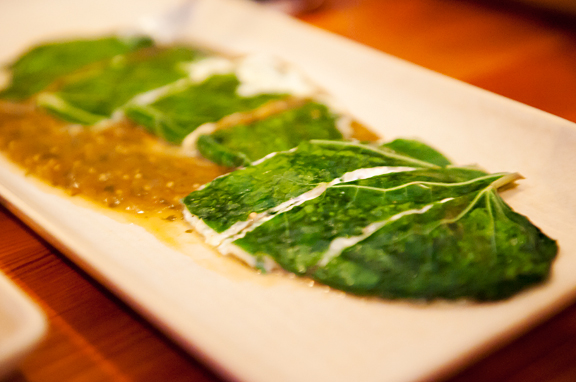
Things I really liked from Day 1
Virgin margarita and goat meat tacos at El Rayo Taqueria.
Oysters from Nonesuch Oysters.
Blueberry shrub refresco, chili pesto oysters, and Mexico City style street corn at Cantina El Rayo.
My elastic waistband pants.
A comfy bed at the Portland Regency Hotel and Spa.
Day 2: To counter the effects of the first night’s feast (hey, elastic only gets you so far), I got myself to the Regency’s fitness center for a run before our tour of the Gulf of Maine Research Institute (GMRI). Blaine Grimes explained how the institute provides a supportive connection between the science of the Gulf of Maine (and its watershed) and the communities that depend on it. GMRI builds working solutions to balance the needs of the environment with the needs of the fishing industry. Additionally, they have developed an impressive outreach program to educate Maine’s 5th to 8th graders on the Gulf of Maine through interactive exercises that teach the scientific method (this was the coolest thing ever).
gmri

blaine starts with an overview of the physical geography of the region
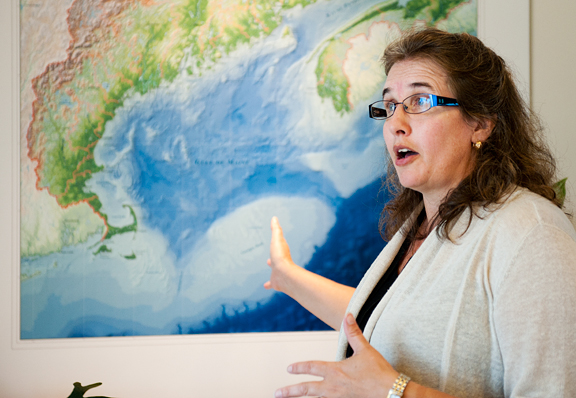
educating children by not giving the answers, but letting them discover for themselves
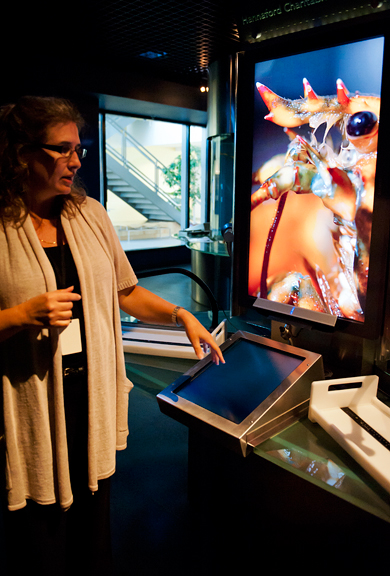
After the tour, we moseyed on over to Jordan’s Farm where Penny Jordan welcomed us. She then ushered us down to The Well, a tiny unassuming restaurant on the farm that is only open for dinner service. Chef/owner Jason Williams graciously hosted us for a special lunch demo of his preset menu. Much of the food is locally sourced, if not harvested right off the farm – fresh and beautifully prepared to highlight the ingredients. Jason’s kitchen is a converted trailer and there are outdoor tables and a couple of screened gazebos where patrons can enjoy an exquisite meal.
penny greets us in front of her farm stand
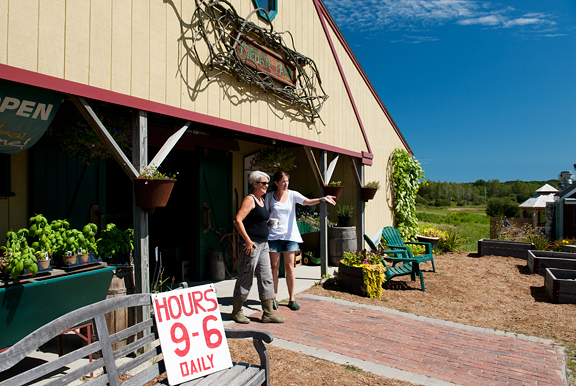
heading down to the well
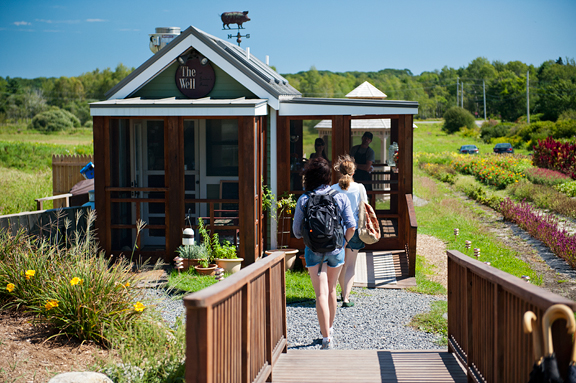
nice fresh summery touches
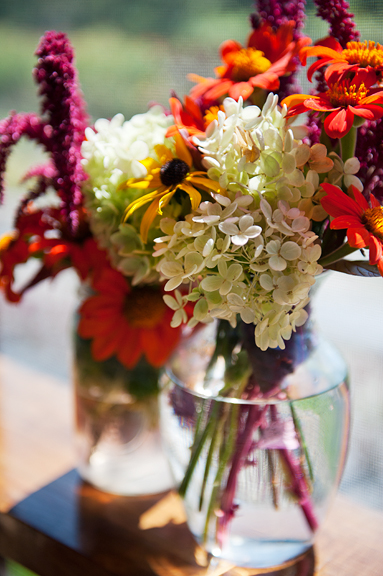
jason works his magic here
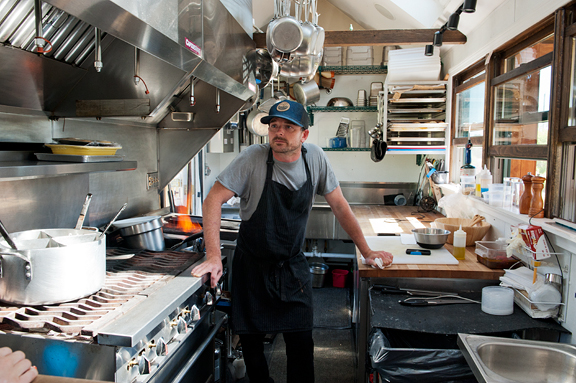
in the gazebo
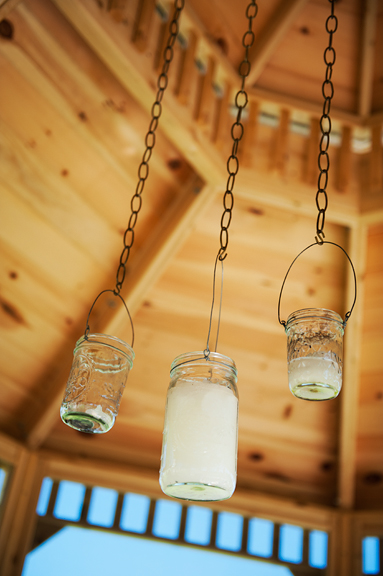
gorgeous salad with summer tomatoes and house-cured bacon
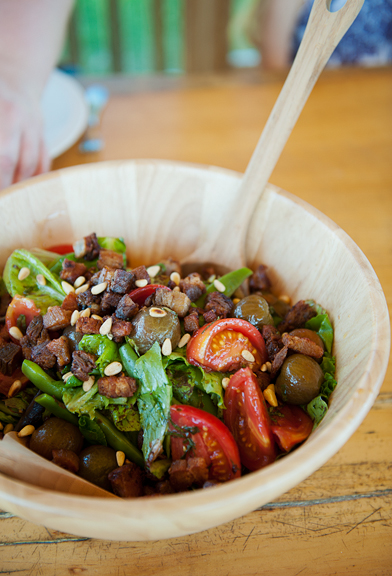
shishito peppers and a peekytoe crab sandwich
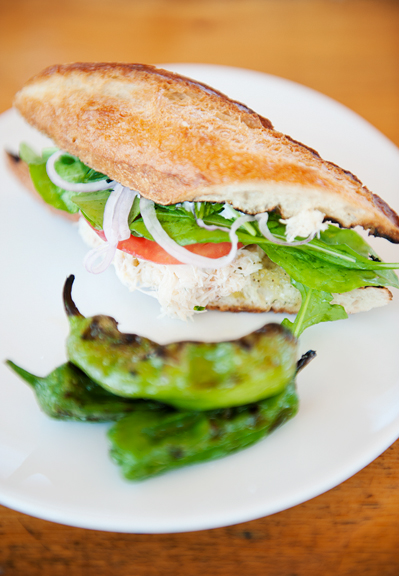
penny, jason, and his family joined us for lunch
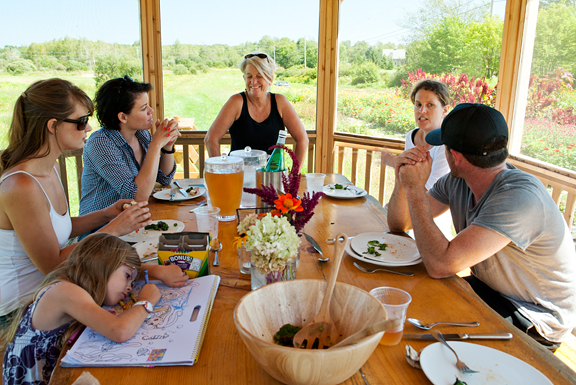
vanilla bean maine blueberries with shortbread
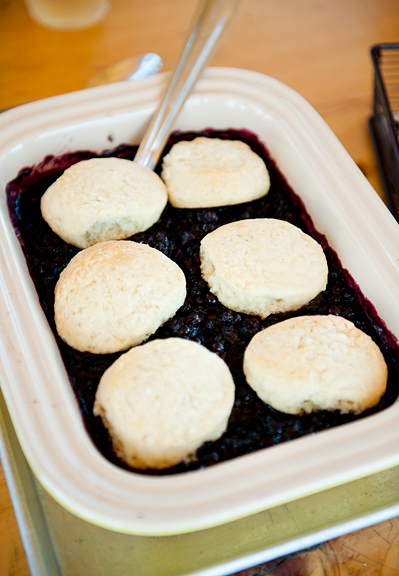
**Jump for more butter**





 Technique: shooting lightning
Technique: shooting lightning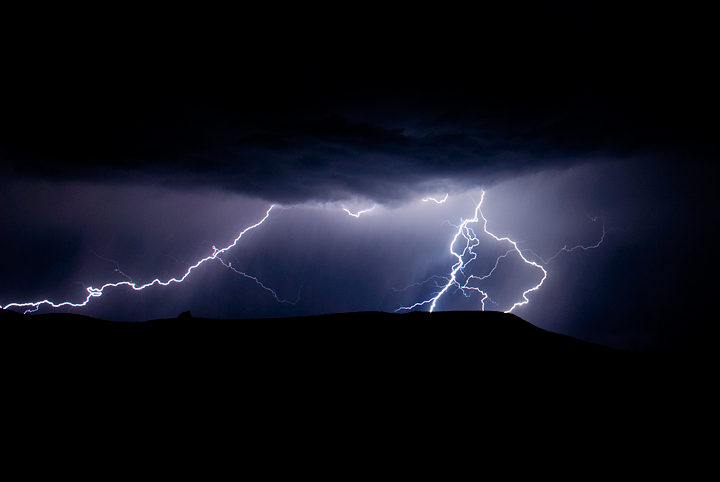
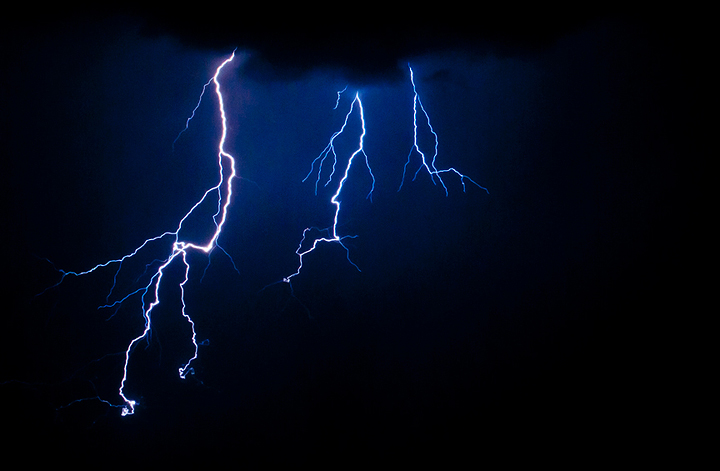
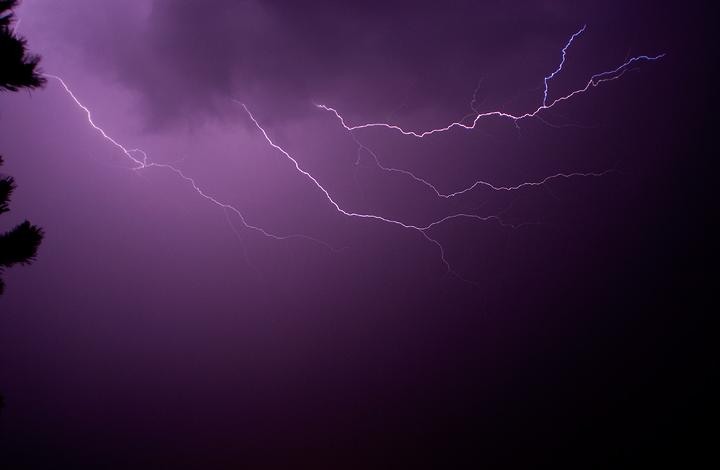

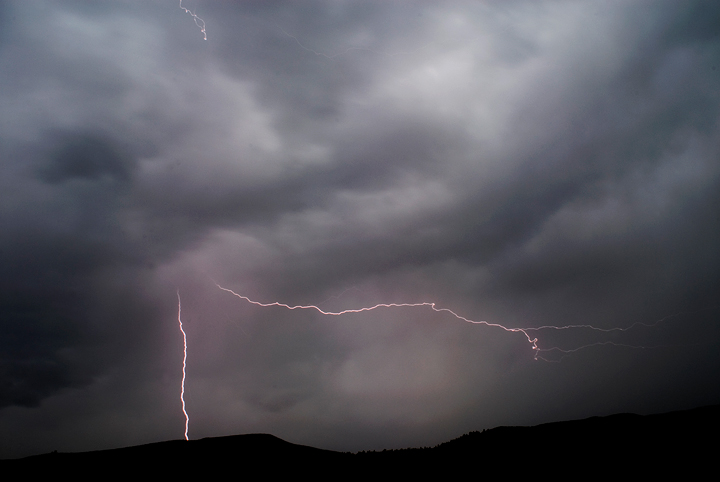
 Recipe: blackened salmon sandwich
Recipe: blackened salmon sandwich